When Americans think of Japanese cuisine, sushi, ramen, and tempura often come to mind. However, there’s a specialized delicacy from the northern city of Sendai that deserves its spotlight on the global culinary stage: gyutan, or grilled beef tongue. This unique dish represents not just a meal but a cultural phenomenon that tells the story of post-war Japan, regional pride, and culinary innovation.
What is Gyutan? Sendai’s Signature Dish Explained
Gyutan (牛タン) combines the Japanese words for “cow” (gyu) and “tongue” (tan, from the English word). In Sendai, the capital city of Miyagi Prefecture, gyutan isn’t just another menu item—it’s the cornerstone of local food culture and a source of immense regional pride.
The dish typically features thinly sliced beef tongue, grilled over charcoal until slightly crispy on the outside while maintaining a juicy, tender interior. Traditionally served with mugi-gohan (barley rice), tail soup, and pickled vegetables, gyutan offers a perfect balance of flavors and textures that exemplifies the thoughtful composition central to Japanese cuisine.
Gyutan Quick Facts
- Origin: Sendai City, Miyagi Prefecture
- Created: 1948
- Traditional accompaniments: Barley rice, oxtail soup, pickled vegetables
- Cooking method: Charcoal-grilled
The Fascinating History: How Beef Tongue Became Sendai’s Culinary Icon
The story of gyutan begins in the post-World War II era, a time of significant hardship and food scarcity in Japan. In 1948, a resourceful chef named Keishirō Sano, who had worked as a cook for the Japanese National Railways, opened a small restaurant called “Tasuke” in Sendai.
Sano noticed that American GIs stationed in Japan after the war were discarding beef tongues, considering them undesirable. Recognizing both an opportunity and possessing knowledge of Western cooking techniques, he began preparing these tongues in a way that would appeal to Japanese palates—thinly sliced and grilled with salt.
This innovation was born out of necessity during lean times but grew to become a culinary landmark. What started as resourceful use of an unwanted cut of meat transformed into one of Japan’s most recognized regional specialties. This transformation mirrors Japan’s own post-war journey from scarcity to prosperity, giving gyutan a cultural significance beyond its taste.
The Art of Preparation: What Makes Sendai’s Gyutan Special
What distinguishes authentic Sendai gyutan from beef tongue dishes found elsewhere is the meticulous preparation and cooking technique:
The Perfect Slice
Sendai-style gyutan is sliced extremely thin—typically about 0.12-0.16 inches (3-4mm). This precise thickness allows for quick cooking while maintaining the meat’s juiciness. The slicing technique requires considerable skill and is often considered an art form among specialized chefs.
The Charcoal Difference
Traditional gyutan is grilled over binchotan (white charcoal), a high-quality Japanese charcoal that burns at consistently high temperatures with minimal smoke. This imparts a distinctive smoky flavor while creating the perfect sear on the outside of the meat.
The Essential Simplicity
True to Japanese culinary philosophy, seasoning is minimal—often just salt and pepper—allowing the natural flavors of the beef tongue to shine. Some restaurants may use a proprietary spice blend or tare (sauce), but restraint is a hallmark of quality gyutan.
Beef Tongue in Japanese Culture: More Than Just Food
For Japanese people, especially Sendai locals, gyutan represents several cultural values:
Mottainai (もったいない) – Waste Not
The concept of “mottainai” refers to the Japanese sense that it’s a shame to waste anything. Gyutan exemplifies this value by transforming what was once considered a throwaway cut into a delicacy. This aligns with traditional Japanese Buddhist-influenced ethics about respecting food resources.
Regional Identity
Like Kobe beef or Hokkaido seafood, Sendai gyutan has become an edible emblem of regional pride. For locals, it’s not just food but a cultural identifier, something that represents their home to the rest of Japan and, increasingly, the world.
Adaptability and Innovation
The story of gyutan reflects Japan’s post-war ability to adapt foreign influences into something uniquely Japanese. This cultural flexibility—taking an American-influenced ingredient and transforming it through Japanese techniques—mirrors Japan’s broader cultural pattern of adaptive innovation.
The Gyutan Experience: What Americans Should Expect
For American visitors to Sendai or those trying gyutan at Japanese restaurants in the U.S., the experience might be different from expectations:
Texture Appreciation
While some Americans might be hesitant about tongue as a meat choice, properly prepared gyutan has a texture similar to very tender steak with a slightly more complex chew. The thin slicing method eliminates any challenging textural elements that might be found in Western preparations of tongue.
Complete Meal Balance
A traditional gyutan meal isn’t just about the meat—the accompanying tail soup provides a rich, collagen-filled counterpoint, while the barley mixed with rice adds texture and nutritional balance. The pickled vegetables offer palate-cleansing acidity. This balance demonstrates the holistic approach to meals in Japanese cuisine.
Drinking Culture Connection
In Sendai, gyutan is often enjoyed with local sake or beer. The savory, slightly fatty nature of the dish makes it an ideal companion to alcoholic beverages, and many gyutan restaurants are designed with this pairing in mind.
Where to Try Authentic Gyutan in Sendai
For travelers planning a visit to Sendai, these gyutan establishments offer authentic experiences:
- Aji Tasuke – The original gyutan restaurant, opened by Keishirō Sano himself in 1948, continues to serve traditional recipes with minimal changes over the decades.
- Umami Tasuke – A branch of the original restaurant that maintains the traditional preparation methods.
- Gyutan Sumiyaki Rikyu – A popular chain with multiple locations throughout Sendai, known for consistent quality and more modern interpretations.
- Gyutan-yaki Sendai – Located in Sendai Station, this restaurant offers a convenient first taste for travelers just arriving in the city.
Most gyutan restaurants in Sendai offer English menus or picture menus, making them accessible to foreign visitors. The standard “teishoku” (set meal) typically costs between 1,500 to 2,500 yen ($13-22 USD), making it a reasonably priced culinary adventure.
Bringing Gyutan Culture Home: American Adaptations
For Americans intrigued by gyutan but unable to visit Sendai, there are ways to experience this culinary tradition:
Japanese Restaurants in the U.S.
Specialized Japanese restaurants in metropolitan areas like New York, Los Angeles, and San Francisco occasionally offer gyutan on their menus. While these may not always follow the exact Sendai preparation method, they offer a glimpse into this unique cuisine.
Home Preparation
Beef tongue is becoming more available in American specialty butcher shops and some mainstream supermarkets. When preparing at home, the keys are:
- Parboiling the tongue first to remove the outer membrane
- Slicing as thinly as possible (partially freezing the meat can help with this)
- Quick cooking over high heat
- Simple seasoning with high-quality salt
Beyond Beef Tongue: Sendai’s Broader Food Culture
While gyutan takes center stage, Sendai’s food scene offers much more. The city is known for its fresh seafood from the Pacific, locally grown rice, and seasonal vegetables from the surrounding countryside. Zunda mochi (mochi with sweetened edamame paste) is another local specialty worth trying.
The Sendai morning market (Asaichi) offers visitors a chance to see the broader food culture that supports the gyutan tradition, with fresh ingredients and local specialties on display.
Conclusion: Why Gyutan Matters in Global Food Culture
Sendai’s gyutan tradition represents something important about food culture globally—how necessity, creativity, and cultural exchange can transform an overlooked ingredient into a beloved specialty. As American diners become increasingly adventurous and interest in authentic global cuisines grows, gyutan offers both a delicious experience and a window into Japan’s cultural values and history.
Whether experienced in its birthplace of Sendai or through adaptations around the world, gyutan tells a story of resourcefulness, regional pride, and the remarkable way food connects us to history and to each other. For culinary travelers and food enthusiasts, it represents the kind of authentic, place-based food experience that defines memorable cultural exchange.
By Treasure-Bloom Editorial Team
Published: March 25, 2025
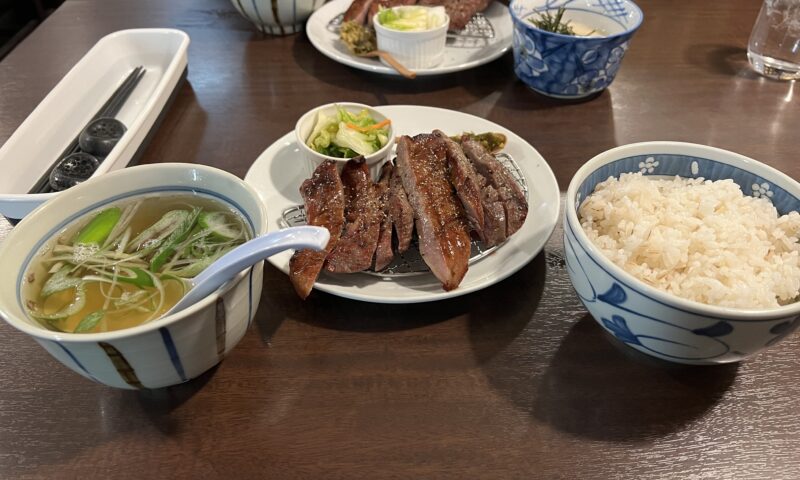

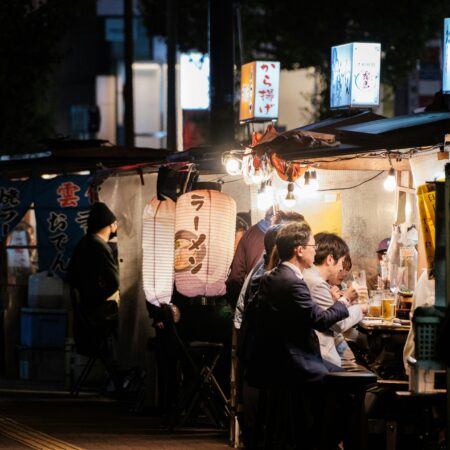
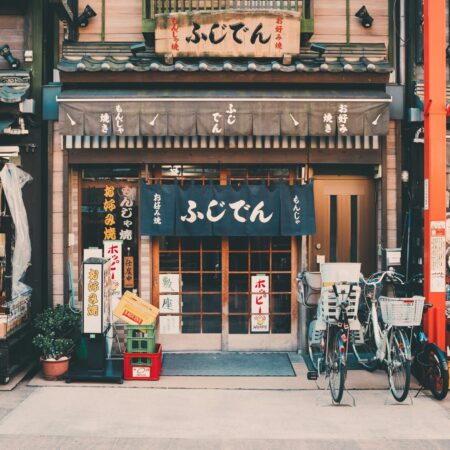
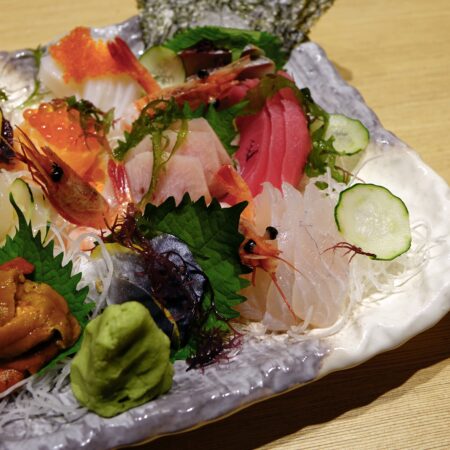
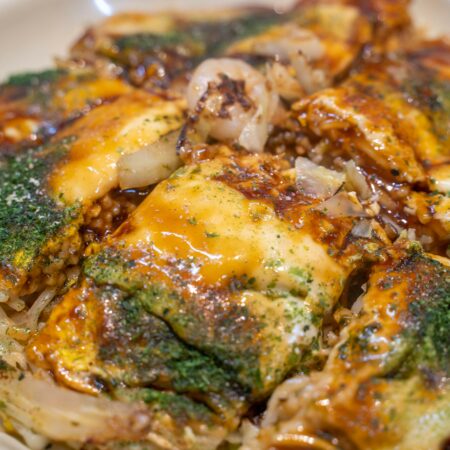

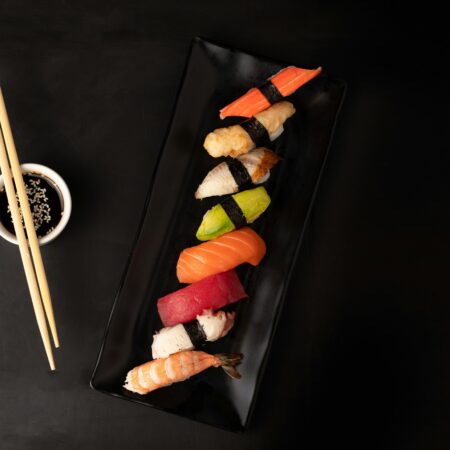
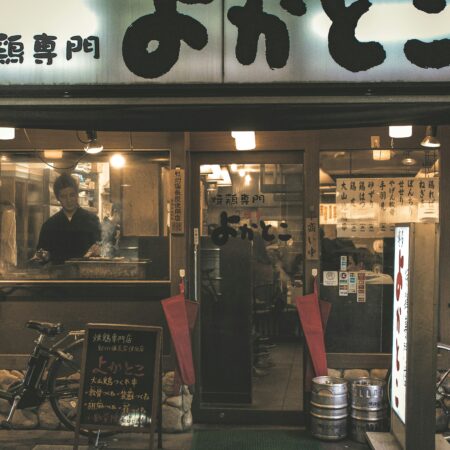
コメント